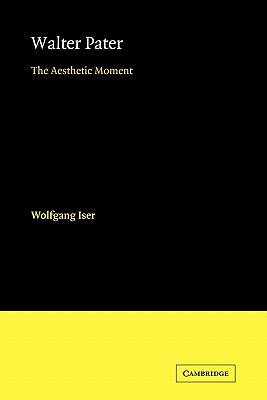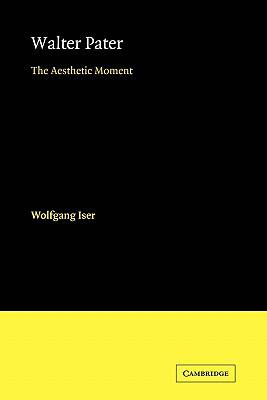
- Afhalen na 1 uur in een winkel met voorraad
- Gratis thuislevering in België vanaf € 30
- Ruim aanbod met 7 miljoen producten
- Afhalen na 1 uur in een winkel met voorraad
- Gratis thuislevering in België vanaf € 30
- Ruim aanbod met 7 miljoen producten
Zoeken
Omschrijving
Wolfgang Iser's study of Walter Pater (1839-94) was first published in German in 1960. It places the English critic, essayist and novelist in a philosophical tradition whose major exponents were Hegel and Coleridge, at the same time showing how Pater differed crucially from these thinkers to become representative of a late Victorian culture critically poised in transition between Romanticism and Modernism. Pater's new definitions of 'beauty' and 'style' in art, his doctrine of 'art for art's sake', his preoccupation with aesthetic existence, his fascination with periods of balance and historical transition are seen in the light of his scepticism towards all systematisation and his view of art as countering human finiteness by capturing the intensity of the moment. This important book, which remains as illuminating now as when it first appeared, will interest those interested in philosophy and aesthetics and Pater specialists alike.
Specificaties
Betrokkenen
- Auteur(s):
- Vertaler(s):
- Uitgeverij:
Inhoud
- Aantal bladzijden:
- 226
- Taal:
- Engels
- Reeks:
Eigenschappen
- Productcode (EAN):
- 9780521179287
- Verschijningsdatum:
- 17/02/2011
- Uitvoering:
- Paperback
- Formaat:
- Trade paperback (VS)
- Afmetingen:
- 152 mm x 229 mm
- Gewicht:
- 335 g

Alleen bij Standaard Boekhandel
+ 123 punten op je klantenkaart van Standaard Boekhandel
Beoordelingen
We publiceren alleen reviews die voldoen aan de voorwaarden voor reviews. Bekijk onze voorwaarden voor reviews.











